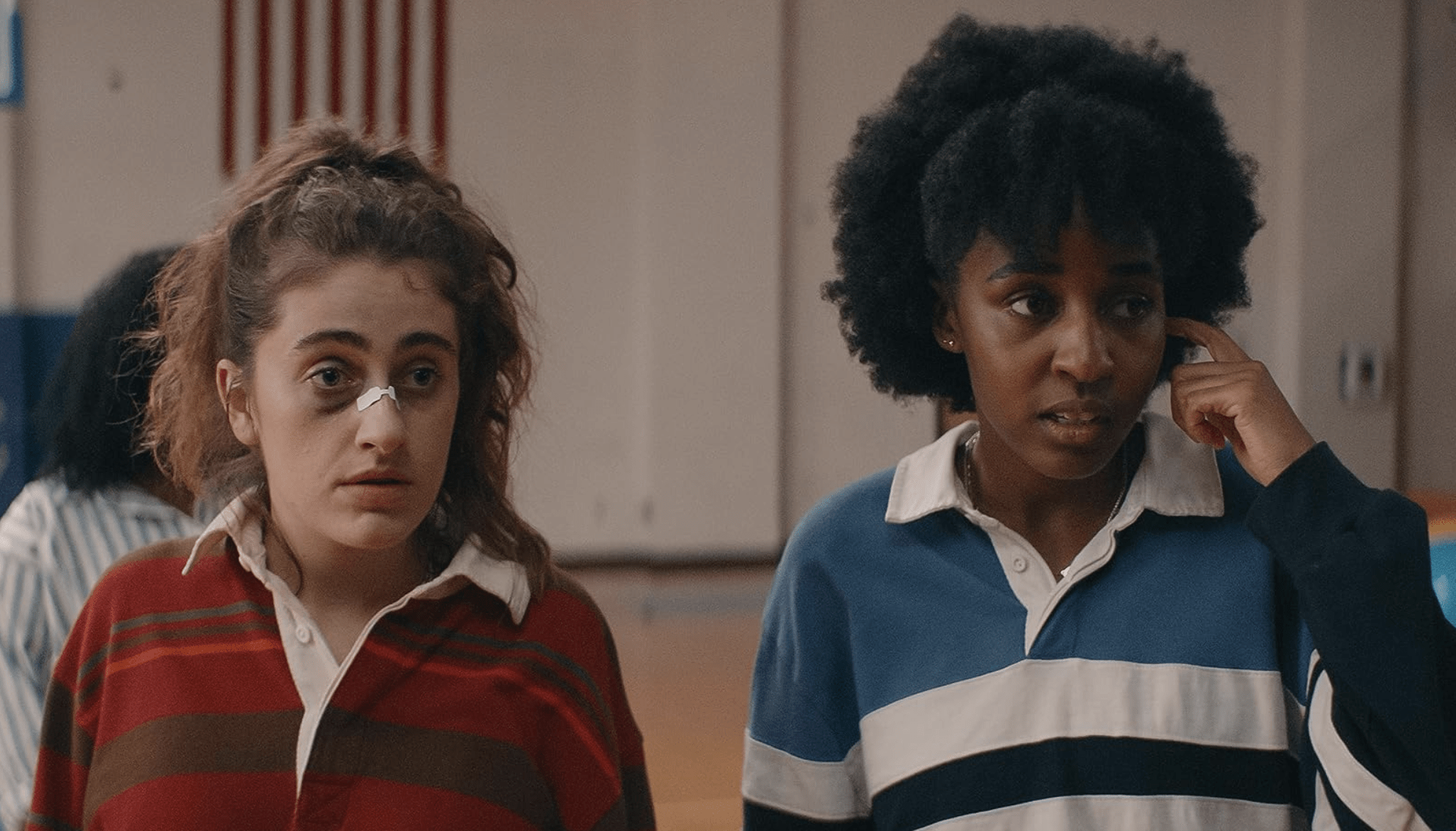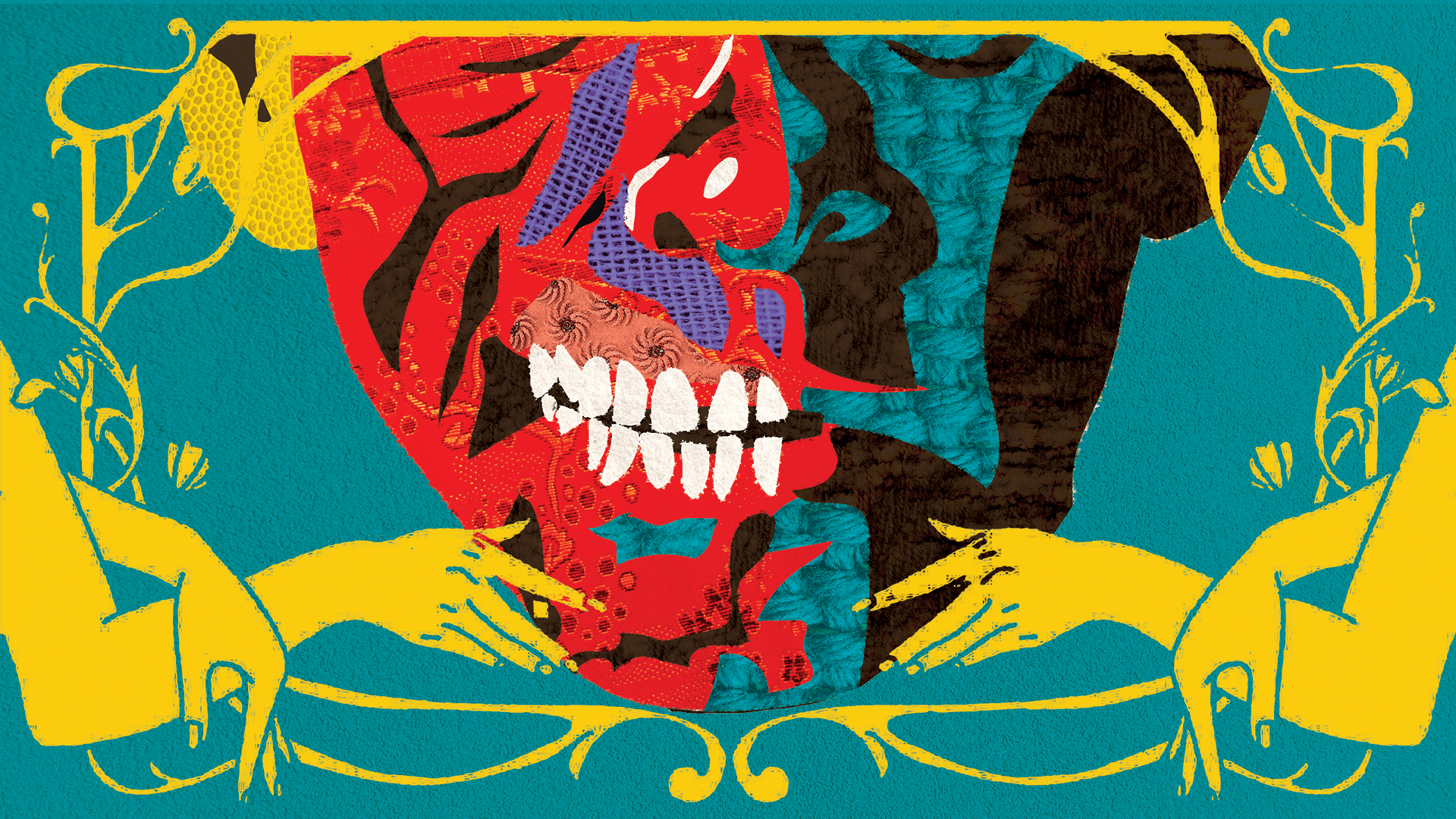
At the School of the Art Institute of Chicago, I’ve often heard the words: “We should collaborate!” But the practicality of collaborating outside of class/work/studio time/artist talks/ life so often positions collaboration as a dream deferred. Still, collaboration matters.
During my time at SAIC, I have encountered the concept multiple times: in Art Education, Historic Preservation Law, and Architecture. In fact, I’ve spoken about collaborative practices in architecture with Andres Hernandez — architect and faculty in the Art Education Department, casually on a weekday in the Sharp cafeteria. Hernandez said that collaboration in architecture is more of a pedagogy, or a method of practice, and teaching.
As a Black woman and former English teacher I am constantly thinking about the significance teaching has in African American culture. Schooling is embedded in the Black American story from the Tuskegee Institute (the first academic institution of higher learning for African Americans), through desegregation, to the loss of Affirmative Action this June 2023.
I understand “collaborative architecture” to mean the action of working with many people to create carefully designed structures and systems. Hernandez’ statement conjures the image of an “each one teach one” dynamic, where the architecture is made through the consensus of many people. When I hear someone say: “Let’s collaborate!” This is the type of impressive collaboration I imagine.
So how do we get to this level of collaboration? We must consider collaboration a political act. When people collaborate, they build relationships upon which organizing efforts have traditionally been structured. Take, for example, quilting circles traditionally hosted in community centers, and in churches were the basis for larger movements aiding labor, suffrage, and civil rights movements in the United States. It seems that collaborative art is inherently an art of the people. But why is collaborating so difficult in art school?
From my observations, collaboration in art is difficult because of the policies, and laws regarding art.
Joseph L. Sax in a 1990 issue of the Michigan Law Review mentioned how Abbe Greogoire, the French priest, argued that, an artist is legally regarded as a genius.
When debating whether or not the art and artifacts of an unfavorable regime should be destroyed or preserved Grégoire set a precedent by arguing that art, and artifacts of the state represent the best, and the brightest of the nation, and are examples of the liberty of that nation. This transfers the focus from art that expresses sentiments of the state to art as a possible expression of the genius of the individual artist.
The art that is made by an individual was transformed from propaganda funded by church, and state to the examples of genius of a person. These ideas affect the structure of art school. As a result of preservation law, the “individual artist as genius” structure of a traditional art school supports individual production. But certainly none of these artists exist in a bubble as individuals, they exist in communities in the world with others, and in fact, collaboration is valued in the public art institution today. Though this was not always the case.
The Black Museum Movement of the 60s offers another example of how collaborative art works. The movement transformed art interpretation from static displays to social exhibitions addressing the lived experiences, and concerns of the communities which they were reflecting.
Artist-Educator Margaret Burroughs — one of the movement’s vanguard members, believed that art should be shared, and used as a vehicle for understanding political environments. However, the collaborative art created during political movements is not often in institutions because traditional museum practices value art provenance, and it is difficult to verify the provenance of group art.
Of course, this conversation on the law, structure, and policy connected to collaborative art does not matter if collaboration breaks down at the interpersonal level.
So why does collaboration not work?
Working together in and of itself is a learned skill that not everyone has learned, or does well after learning.
Joseph Mora, an SAIC alum who works as the Assistant Director of Exhibitions and Staff Advisor to SITE Galleries said, “There is usually a single person who is the most invested.”
Mora gave the example of his BFA thesis project in 2018, which required coordination across many groups to provide support for migrants and families. He said he ultimately had to focus on his own health because he was pouring from an empty cup.
SAIC hopes to facilitate collaboration through its interdisciplinary practices, and its Diversity, Equity, and Inclusion efforts. The artists I spoke with had a variety of experiences around this facilitation.
Ethan Allan (BFA 2024) said,”The school is really relaxed in the ways that you want more structure, but strict in ways you want more freedom.”
Personally, I’ve experienced range in how different classes approach collaboration. When speaking about opportunities to collaborate with the Graduate Student Senate, I remember being told that the Credit / No Credit grading system resists student competition — in fact, it’s part of the reason the system is in place.
“If we don’t receive a grade, and I try really hard on a project, yet my classmate did little to nothing, and we both receive the same grade, then what’s the point?” said Tyler Wynne (MFA Sculpture 2024).
Embracing a culture of collaboration shifts mindset from, “What’s the point?” to, “Why not?” Conversely, the Credit / No Credit system leads many professors to often leave students to their own devices regarding project management skills, simply stating, “Turn it in, and you will pass.”
The best collaboration I’ve experienced occurred within a three-week sculpture class — hosted by Sara Black, which focused on the anthropocene epoch. Mounted within a garden-like sculpture known as “Untidy Objects” during Summer 2023, the class followed the Greater Purpose Collaboration model, encouraging collaboration among participants that focused on supporting an environment of play. Each day our assignments were to attune to nature by listening, and engaging in conversation about ontology, and experimental science. Our final project was to consider how to give back to the “Untidy Object.” Maybe it was because the class met outside every day or the relational nature of a sculpture class based on figuring out how our actions constitute a whole, but that class established a sincere connection among its participants.
I am still working to understand more about collaboration, and what is possible. Ultimately, like everything in art, this kind of work is really dependent upon relationships, both personal, and interpersonal. There is no one dream for the future, but a million dreams all focused on correcting the present for the benefit of themselves. And still I wonder: Can we collaborate?
Like Andres said: collaboration in art practice is a pedagogy, and we are all still learning.







